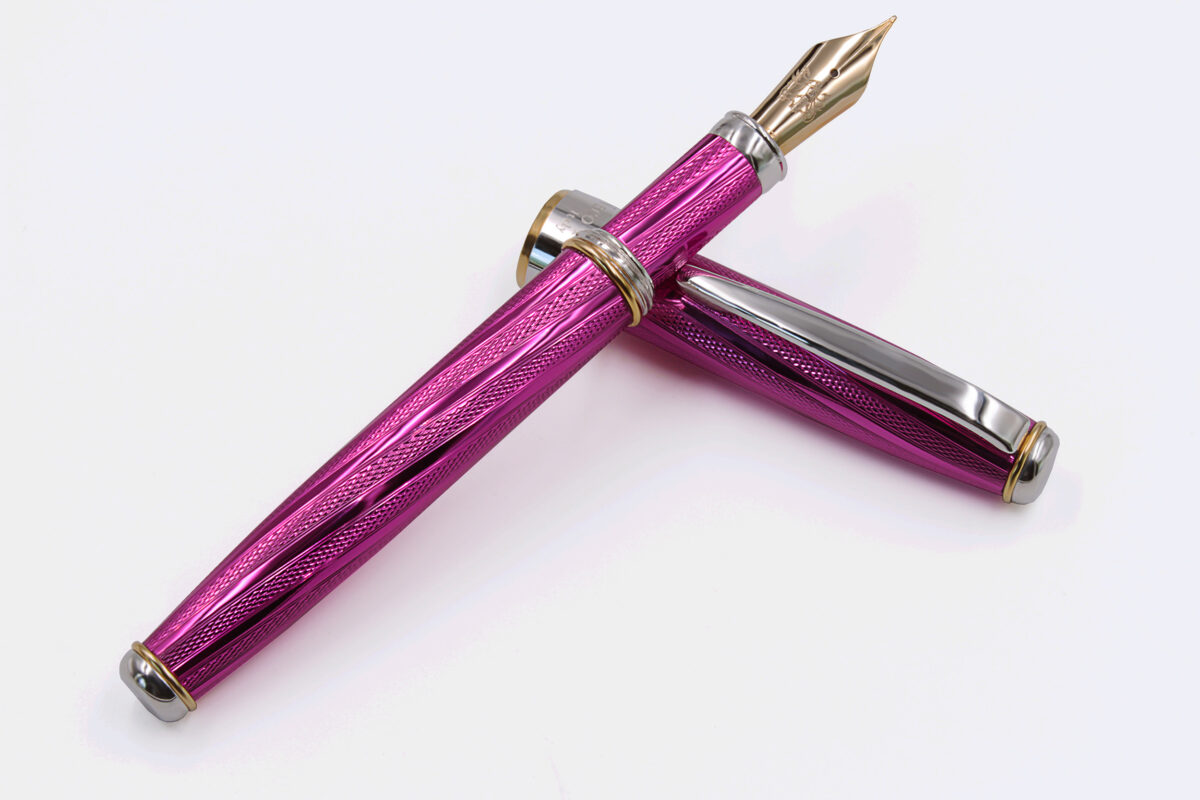Grifos pens
Naming a Fountain Pen
Different cultural and linguistic perspectives—have you ever wondered why it’s called a ‘fountain pen’?
The terms, naming a “fountain pen” in English, “stilografica” in Italian, and “Füllfederhalter” in German all stem from the combination of words that describe the key features of a fountain pen. Let’s break down the etymology for each language:
1. Fountain Pen (English)
Fountain: Refers to a source of flowing water, metaphorically used to describe the pen’s self-contained ink system, which allows ink to flow steadily without dipping into an inkwell.
Pen: From Latin penna (meaning “feather” or “quill”), originally referring to writing instruments made from feathers.
So, a “fountain pen” essentially means a pen with a built-in system to store and dispense ink, in contrast to earlier quills and dip pens.
2. Stilografica (Italian)
Stilo: Derived from Latin stilus, which was a pointed instrument used for writing on wax tablets. Over time, stilo came to represent a more modern writing instrument in various languages.
Grafica: From the Greek grapho, meaning “to write.” In modern Italian, grafica relates to writing or drawing.
Thus, “stilografica” can be interpreted as a pen used for writing (with style), highlighting its role as an evolution of older writing tools like the stilus.
3. Füllfederhalter (German)
Füll: From füllen, meaning “to fill” — referring to the pen’s ability to be filled with ink.
Feder: Means “feather” or “quill,” much like penna in Latin. This reflects the historical use of feathers in writing instruments.
Halter: Means “holder” or “grip,” referring to the part of the pen that holds the nib or quill.
Therefore, “Füllfederhalter” directly translates to “holder for a filled feather,” referring to the pen’s capacity to hold ink and replace the traditional quill.
Why These Terms?
All three terms reference the evolution of writing tools. They highlight the combination of tradition (quill, feather, or stylus) and innovation (a self-contained ink system). Each language developed its word based on the cultural significance of writing tools and the technical changes brought by the fountain pen.
An odd fact about all screw-cap fountain pens: when you open the pen, it’s not the cap that twists off as you’d expect, but the body. Try it for yourself!
We offer both fountain pens with screw-on caps and snap-cap openings. Feel free to visit our shop.

